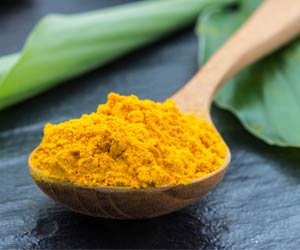The research is published in the online issue of Neurology®, the medical journal of the American Academy of Neurology.
The study also found that those who had more sun exposure during their first year of life also had lower odds of MS.
“Providing guidance on the best amounts of sunlight exposure to get while weighing the benefits against the risks is challenging,” said study author Emmanuelle Waubant, MD, PhD, of the University of California San Francisco and a Fellow of the American Academy of Neurology.
“We found that spending between one and two hours outdoors daily provided the most benefit, but spending as little as 30 minutes outside daily may cut risk of MS roughly in half.”
The study involved 332 people with MS who had the disease for an average of seven months. They were matched with 534 people of similar age and sex who did not have MS. Participants ranged in age from three to 22.
Sun exposure was measured as time spent outdoors, use of sun protection like a hat, clothing and sunscreen, plus the amount of ultraviolet light exposure based on where participants lived at birth and at the time of the study.
The children or their parents or guardians answered a questionnaire about how much time they spent outdoors daily at various ages and in the past year.
In the summer before the study, 19% of the participants with MS said they spent less than 30 minutes outdoors, compared to 6% of those who did not have MS. And 18% of the participants with MS spent one to two hours outdoors, compared to 25% of those without MS.
After adjusting for smoke exposure, sex and other factors that could affect MS risk, researchers found that people who spent an average of 30 minutes to an hour outside daily in the summer before the study had a 52% lower chance of MS compared to those who spent an average of less than 30 minutes outdoors daily. Those who averaged even more time outside daily, between one and two hours, had an 81% lower chance of MS than those who spent an average of less than 30 minutes outdoors daily.
“It’s important to note that too much sun exposure without protection also has risks, and our study found that spending two hours or more outside daily did not further reduce the risk of MS compared to one to two hours,” Waubant said.
Greater time spent outdoors in the first year of life was associated with lower odds of MS. Researchers found location also mattered.
More intense sunlight where a participant lives was associated with lower odds of MS. For example, researchers estimate that someone living in Florida is 21% less likely to have MS compared to someone living in New York.
The study does not prove that sun exposure prevents MS, but it shows an association.
A limitation of the study is that children and their parents or guardians had to recall sun exposure and use of sun protection from years earlier and that recall may not be accurate.
The study was supported by the National Institutes of Health and the National MS Society.
Source: Eurekalert



